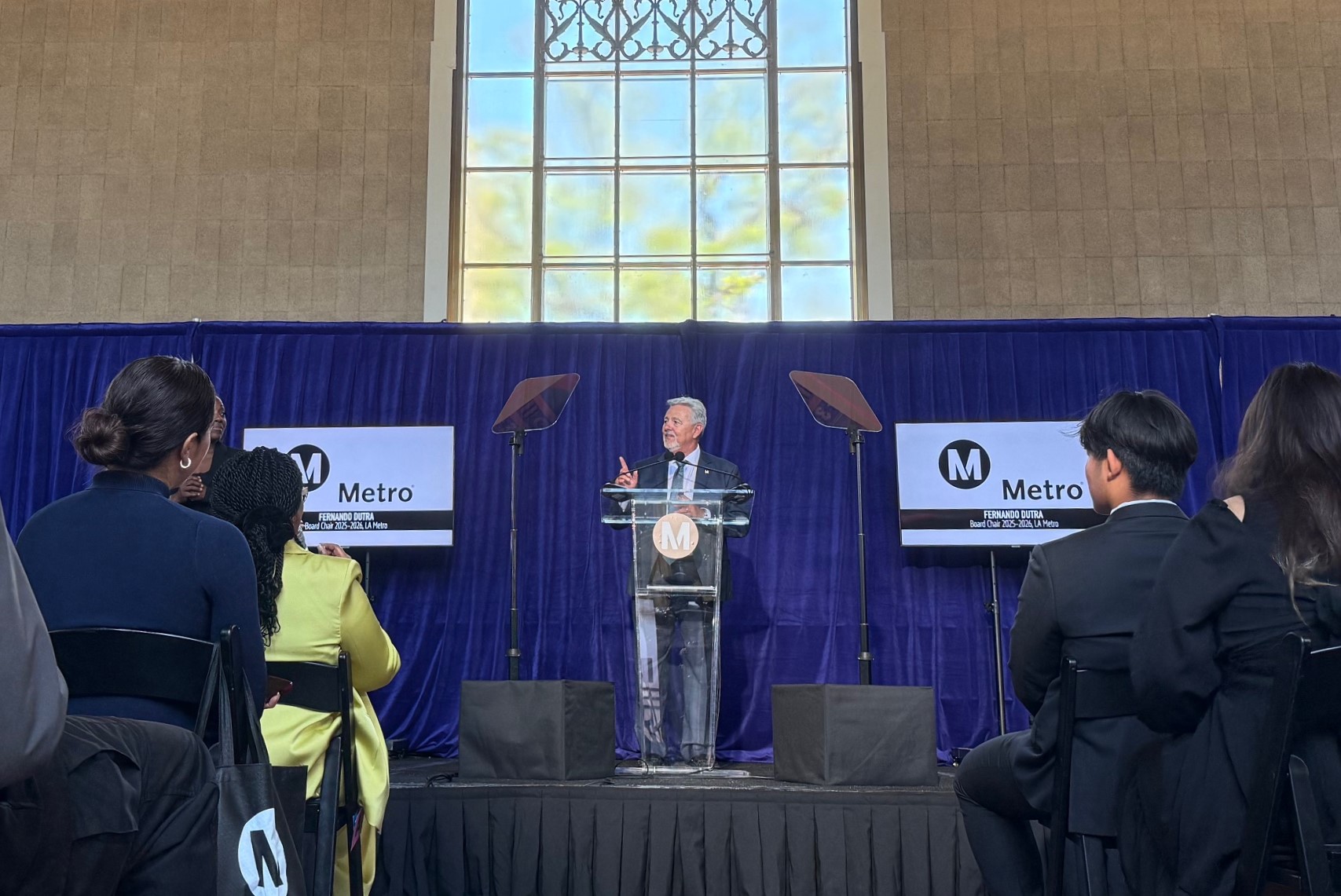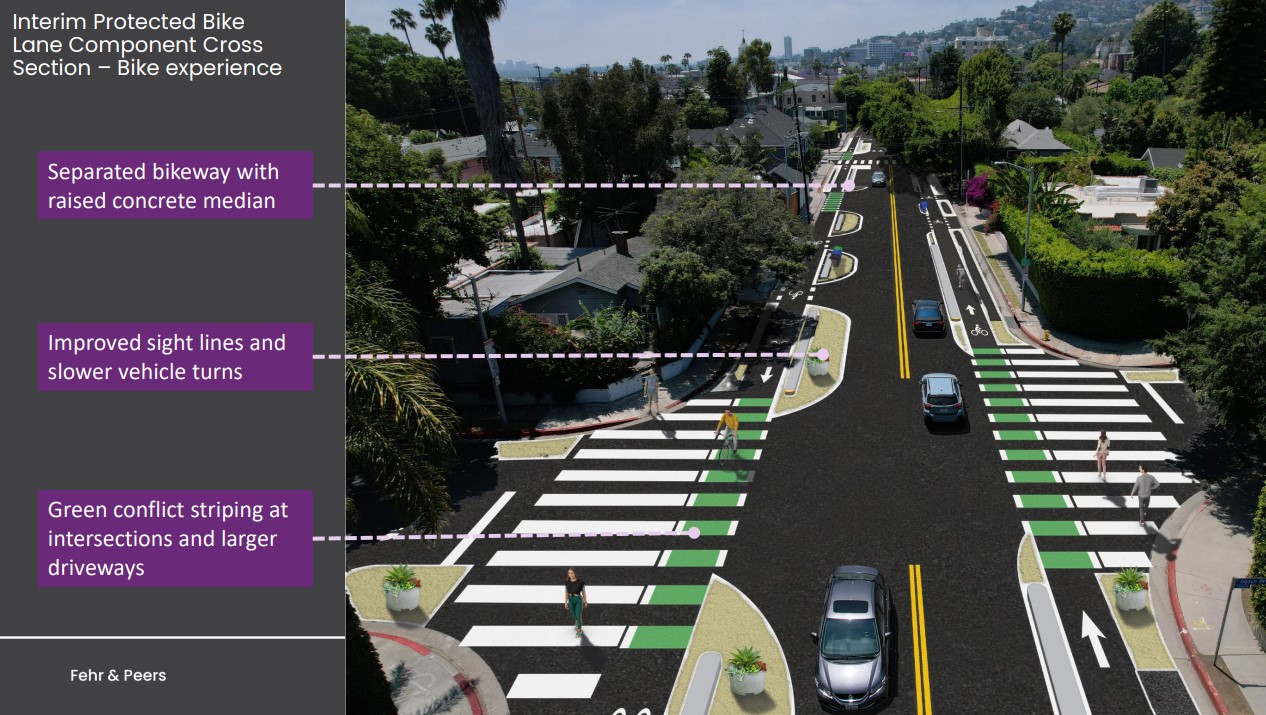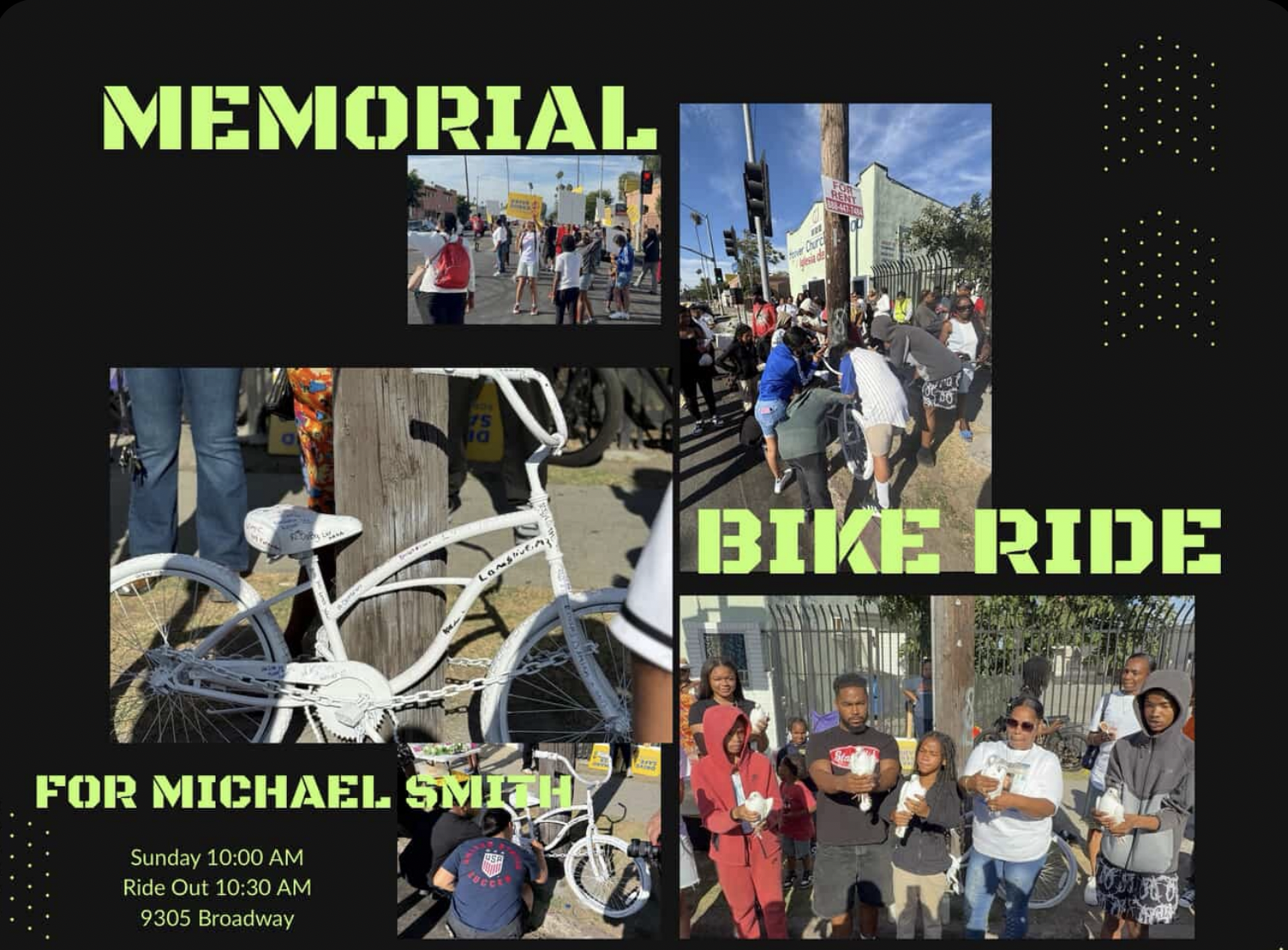
Here's a group of business owners who understand the power of safe, multi-modal city streets.
Michael Andersen at Bike Portland is reporting that, rather than squawk over the potential loss of parking, a group of business owners on Portand's 2nd and 3rd avenues is actively lobbying the city for protected bike lanes that would remove space for motor vehicles.
Why? Because they've seen it work:
A coalition of 30 Old Town bars, restaurants and entertainment venues is proposing adding a quarter-mile of planter-protected bike lanes and street cafe seating to 2nd and/or 3rd avenues.
Inspired by nearby projects on SW Ankeny and NE Multnomah, the six-month-old Old Town Hospitality Group sees their experimental road diet concept, which could narrow the streets’ car-oriented area from three travel lanes to one or two and might remove some on-street auto parking, as a way to make the neighborhood safer, more comfortable and better to do business in.
Dan Lenzen, owner of the Dixie Tavern at NW Couch and 3rd (“Downtown’s biggest party every Fri & Sat night”), said the recently redesigned Multnomah Street, which converted two general travel lanes to planter-protected bike lanes, is “our model.”
The planter-protected design, an example of which is pictured above, is one of a menu of options being studied by the city for the two streets, Andersen reports:
Howard Weiner, chair of the Old Town Chinatown Community Association, supports the idea, which is seen as stretching from NW Glisan to SW Pine. He, too, thinks making the area less car-oriented could be good for business.
“I remember when they said they were closing down Ankeny and I was like, ‘Who cares? It’s an alley,’” said Weiner, who also owns Cal Skate Skateboards at NW 6th and Davis. “Now look at it. It’s thriving.”
Elsewhere on the Network today: Voice of San Diego reports on a new study finding, naturally enough, that trolley stations in more densely populated areas see higher usage. BikeSD slams USA Today for its baffling assertion that San Diego, which locals say is a dreadful place to bike, is one of the top 10 most bike-friendly cities in the U.S. And after spending some time on Amtrak's state-subsidized Pacific Surfliner route, Richard Layman at Rebuilding Place in the Urban Space is convinced a little extra investment in comfort can help make passenger rail competitive.






